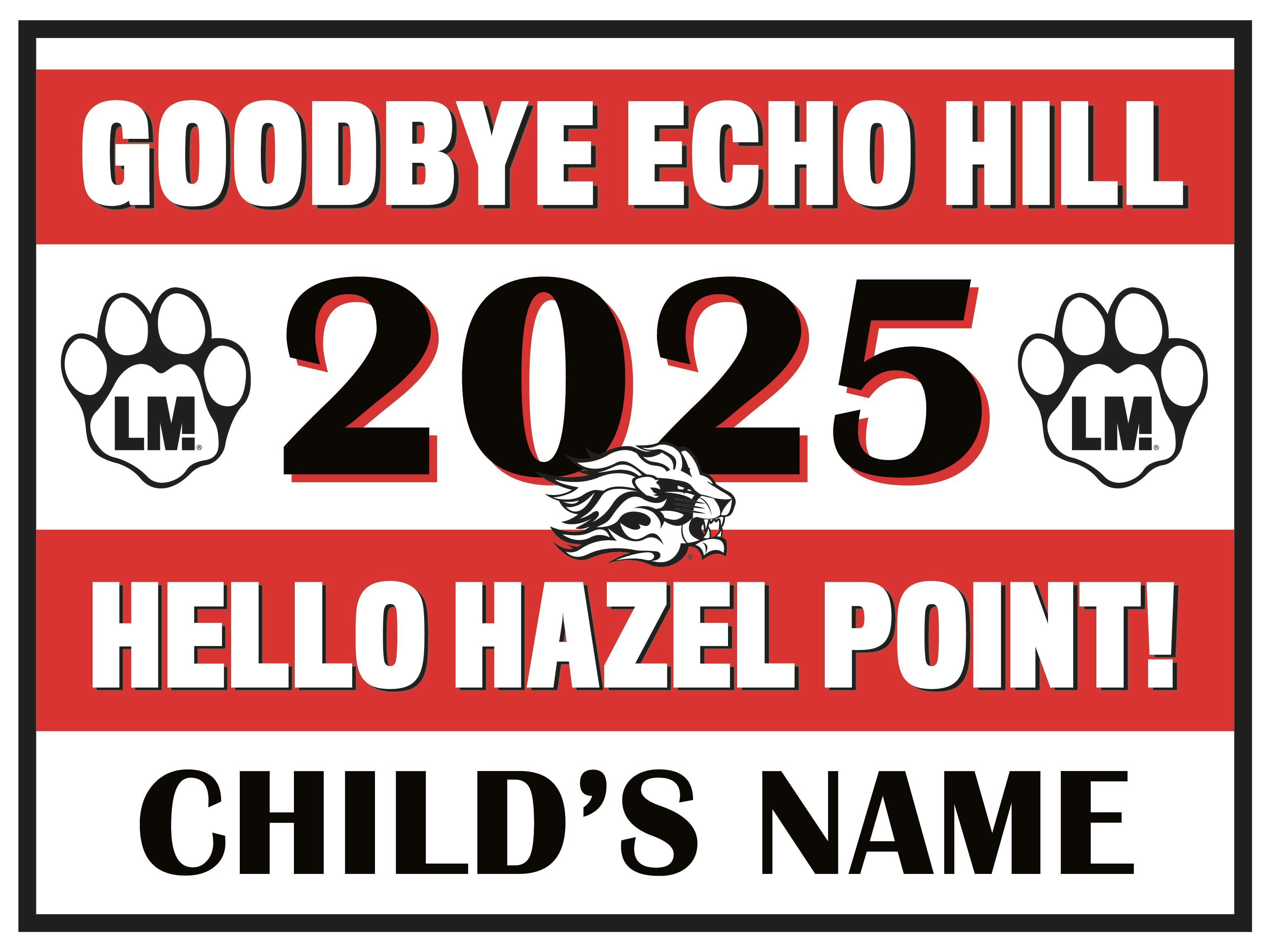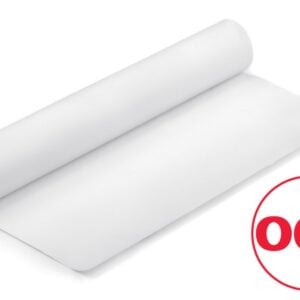Subscribe to Our Newsletter
From time to time we will tell you about events, promotions, specials, coupons, new services, and new products.
We won’t share your information with anyone.
Rapids Reproductions is pleased to announce that we are now offering custom 3d Printing/Additive Manufacturing Services to meet your demanding needs. Whether you need one part or 1,000, we’ll get the job done right the first time and on-time.
• Manage production overflow
• Offer additional Rapid Prototype materials and services
• Offer new options for concept models & material testing
• Safeguard against machine down time
• Backfill resource for special projects
See how our on-demand printing services can help you meet tight project deadlines or explore new, innovative design concepts. Just upload your 3D CAD model here to our Cedar Rapids location and we will give you a quote
Imagine taking just a few hours to design and print a new concept model and then placing it in the hands of a focus group in the same afternoon? Our printers enable design teams and businesses to eliminate days and weeks from their product design process, which translates to savings in resources and the ability to accelerate profits by getting product to market faster.But it’s not all about speed and savings; our printers help enhance quality by facilitating multiple concept reviews, delivering amazing full color models and creating more opportunities for feedback and improvements along the way.
What better way to compress the time and cost of bringing your new product to market than with quality prototypes that match your design and accurately represent your end-product’s functionality and performance?
Our wide variety of robust, thermally stable material options generate models that are tough enough to be used as working parts, permitting you to test for form, fit and function right from your desktop or office. With an extremely smooth surface finish, our printers have the highest level of precision and accuracy of any other 3D printers on the market ensuring that you can create with confidence.
While our 3D printers are used to optimize processes across the entire manufacturing cycle, they can also be used to directly produce end-use parts. For custom components at low volumes, 3D printing can slash months off of production lead times and massively decrease overhead costs. 3D printing production parts allows you to skip the Tooling Development portion of product development, compressing iteration time and shortening the wait between final design and production parts.
Additive manufacturing also removes many traditional manufacturing limitations, allowing you to eliminate design constraints and prioritize part function. Bypassing these compromises leads to simplified assemblies and improved part performance, all while utilizing less direct labor to produce parts.

Only logged in customers who have purchased this product may leave a review.




From time to time we will tell you about events, promotions, specials, coupons, new services, and new products.
We won’t share your information with anyone.
|
Uploaded
Failed
|
 |
Reviews
There are no reviews yet.